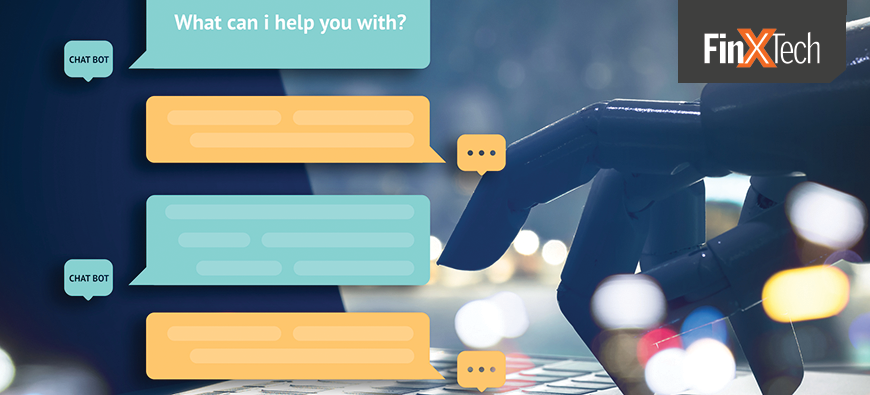
What Banks Can Learn About Customers from 50,000 Chatbot Searches
Brought to you by SIlvercloud Inc.

Covid-19 has increased usage of digital banking services and tools, including live chat, video chat and chatbots.
While live chat and video chat offer a one-to-one conversation directly with your customers, chatbots provide 24-hour service, instant answers and the ability to scale without the need for human intervention. Relatively new channel to the banking world, the promise of chatbots seems endless: answering every question and automating related tasks, quickly and efficiently. How can banks best leverage the promise of this opportunities to better and more efficiently serve customers?
To truly answer that question, we need to understand how customers interact with chatbots, how that varies from known digital behavior, like search and navigation, and how can those insights be turned into reality.
So we decided to analyze more than 50,000 banking chatbot interactions. What we uncovered revealed some very interesting insights about customer behavior and what it will take to make that promise a reality.
It turns out that customers interactions with chatbots are very similar to human interactions:
- They typically typed 11.24 words, on average, compared to with 1.4 words typed into a banking website search bar. Chatbot interactions are conversational. Customers ask questions like “Can I Have My Stimulus Debit Card Balance Deposited to My Account” or making statements like “I need to change my address.”
- Almost 94% of questions asked were completely unique. While customers may ask the same type of question – “What is my routing number?” versus “What is your routing number?” versus “What is the routing number” –how they phrase the question is almost always unique.
- A fifth of all interactions started with “I need,” “I want” or “I am” – another indication of the conversational approach that bank customers take with chatbots. Unlike a search function, where typically they would use shorter phrases like “refinance” or “refinance car,” they make statements or ask questions: “I am looking to refinance my auto loan” or “I want to refinance my auto loan.”
- Fifteen percent of interactions included the word “how.” This is another indication that customers ask chatbots questions or looking for help completing tasks like “How do you use Zelle?” or “How does a home equity loan work?”
- Fourteen percent of all interactions began with “Hi,” “Hey” or “Hello.” And who said that bots don’t have feelings?
Chatbot adoption and usage will only continue to grow. Like all newer channels, it will require fine-tuning along the way, using insights and analysis to effectively interpret what customers are looking for, and deliver back relevant responses that point them in the right direction.
This starts with analytics and data. As data sets grow with more usage, they will reveal insights on how customers interact with chatbots, what they are looking to do and how that changes over time. This will feed the data set used to power the chatbot’s AI – both natural language processing (the ability to interpret what the customer is asking or looking for) as well as the sentiment analysis (whether the customer is happy or frustrated). Analysis will be required to learn and understand the nuances of what customers are asking when presented with phrases like this actual query from our dataset: “Hi. What is the safest way to prove documents of account balance when applying to living in an apartment complex?” Banks and/or the chatbot vendors will need to monitor the training the chatbot, including recognizing customer frustration and offering up logical next steps – like “It looks like you’re frustrated, can we transfer you to an agent?” as needed.
The analytics and data will also provide the map of the information that needs to be developed and updated to deliver answers that customers need. Given that 93.8% of questions that customers ask are unique, having the right knowledge will be critical. Sometimes this might be a simple answer (“What is my routing number?”) and sometimes it might require decision trees that offer options (understanding if an auto loan is for a new or used vehicle to get the customer one step closer to conversion).
Banks have a great opportunity to make chatbots the 24/7 tool that improves customer experience, reduces support costs and drives digital adoption. But it will take a commitment to the analysis and ongoing optimization of knowledge to truly become a reality.
Next time you start you interact with a chatbot, start with hello – I’ve heard they appreciate it!


